66 items, Page 5 of 7
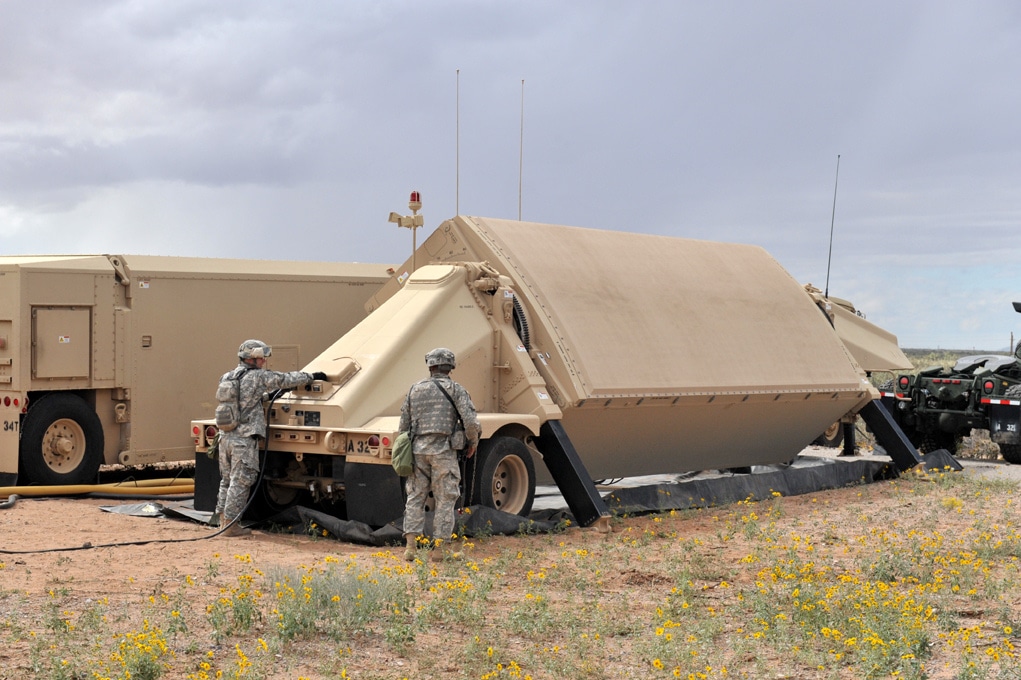
April 5, 2017
Gaps in coverage leave interceptors less-equipped to defeat the threats of tomorrow. No missile defense is better than the sensors that tell the interceptors where to go and what to kill. The Ground-based Midcourse Defense system, or GMD, draws upon considerably more sensors for homeland defense than when operations began in 2004, but shortfalls remain....
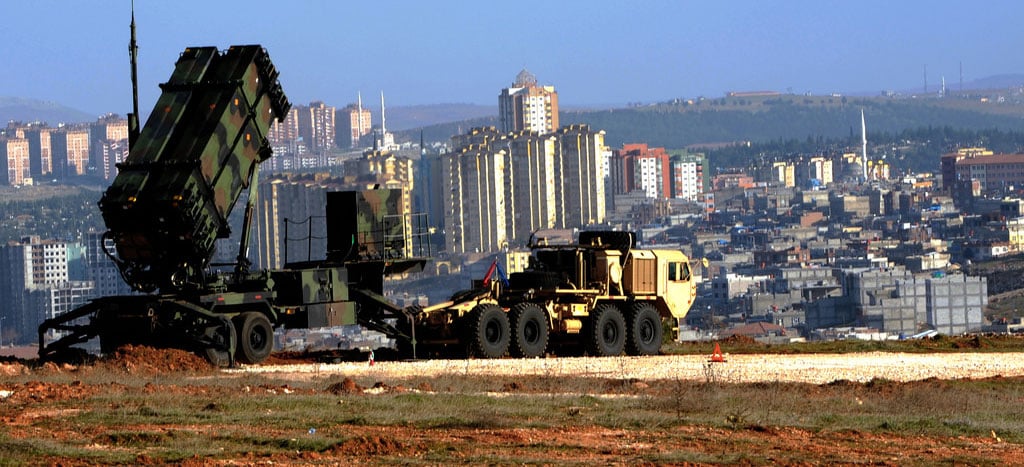
March 7, 2017
The defense authorization act signed into law in December 2016 contained an important provision mandating a review of missile defeat policy, strategy, and capability, to be completed and submitted to Congress in January 2018. This Missile Defeat Review (MDR) appears likely to serve as a successor to both the Department of Defense’s 2010 Ballistic Missile...

March 2, 2017
In the series finale of the television show Breaking Bad, chemistry teacher-turned meth kingpin Walter White breaks into the home of an ex-business partner, who out of fear arms himself with a butter knife. “If we’re gonna go that way,” White says dryly, “you’ll need a bigger knife.” The man knows he cannot compete, and...
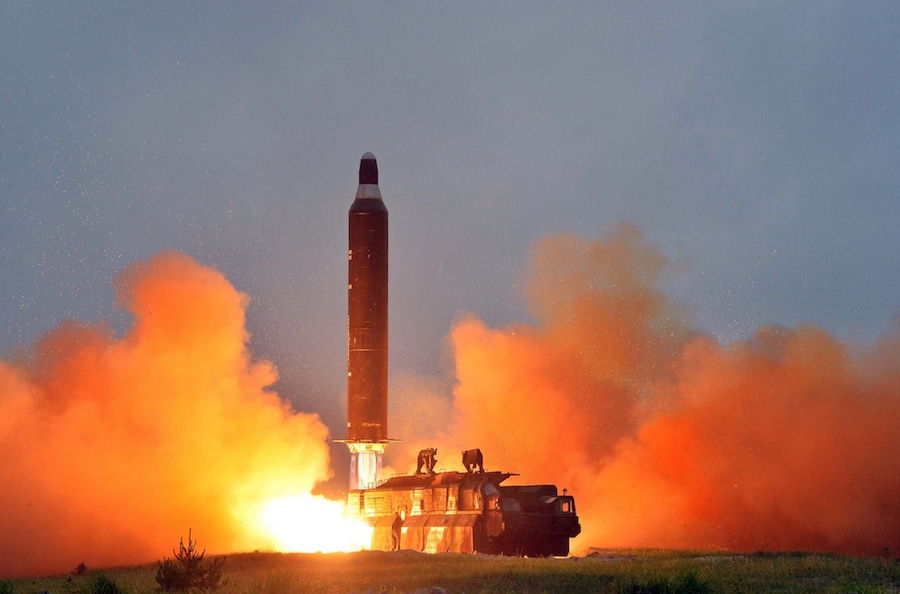
March 1, 2017
The national defense authorization act signed into law in 2016 contained a provision mandating a review of missile defeat policy, strategy, and capability, to be completed and submitted to Congress by January 2018...
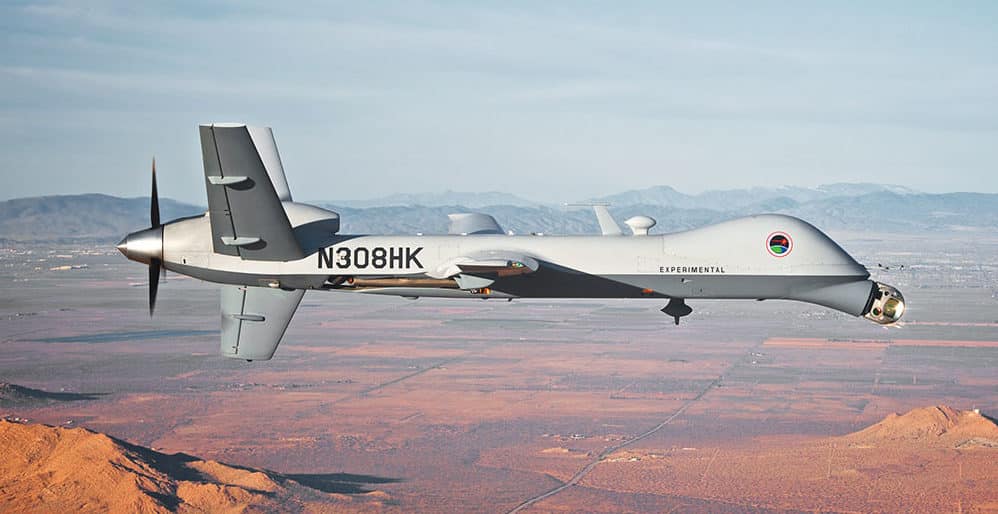
January 3, 2017
Nations around the world continue to develop a growing range of ballistic and cruise missiles to asymmetrically threaten U.S. forces, allies, and the American homeland. Missile defenses have now become an essential part of U.S. defense policy and strategy, and their importance shows no sign of diminishing.
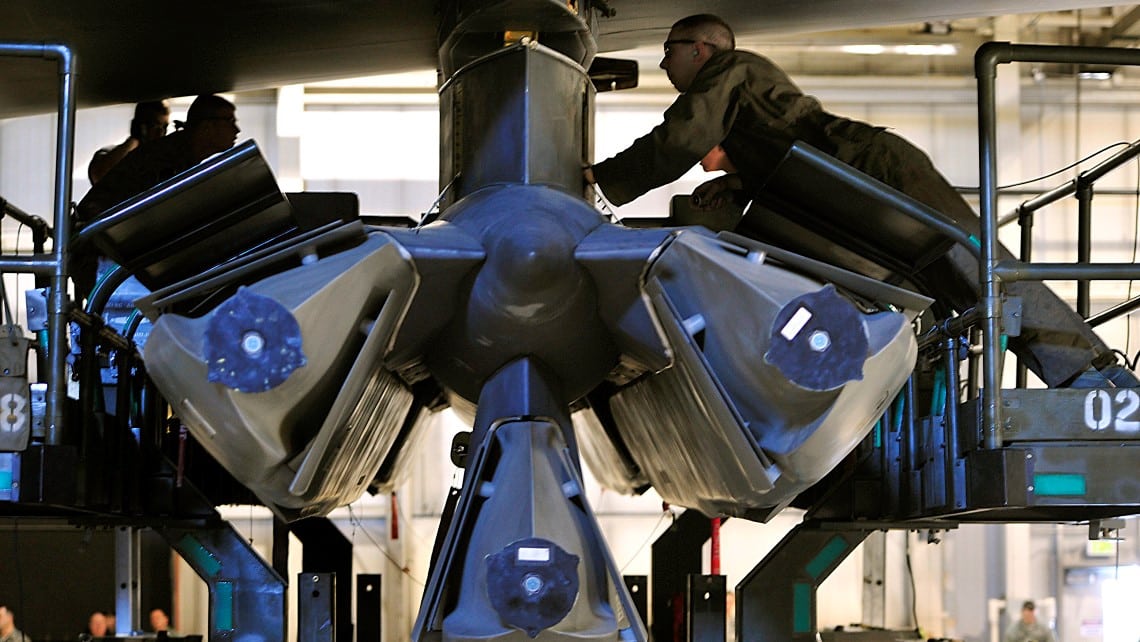
January 3, 2017
U.S. nuclear deterrent forces have long been the foundation of U.S. national security and the highest priority of the Department of Defense. As President-elect Donald Trump has observed, nuclear weapons pose “the single greatest threat” to the nation. In the coming year, the new administration will review the state of U.S. nuclear forces, the nation’s...

August 20, 2016
Last week, leaders from all 28 NATO member nations met in Warsaw, coming together for what President Obama called the alliance’s “most important moment” since the end of the Cold War...
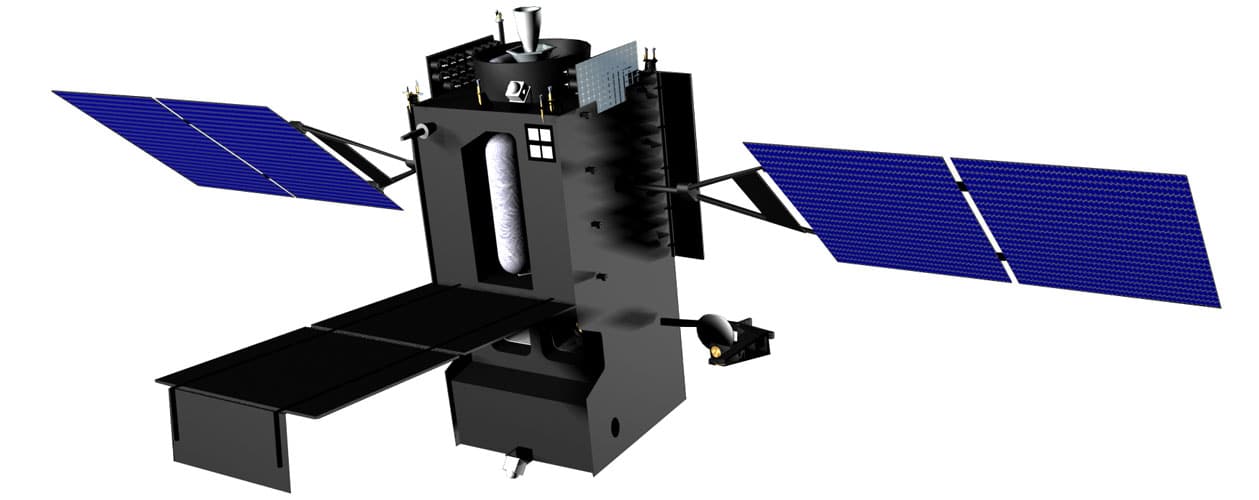
August 17, 2016
Space is the place for a variety of missile defense tasks — including launch detection, tracking, discrimination, intercept, and kill assessment. Ballistic missiles travel in space, and the missile defense task is by definition largely a challenge in and through the space domain. For all but very short range missiles, a considerable part of the...
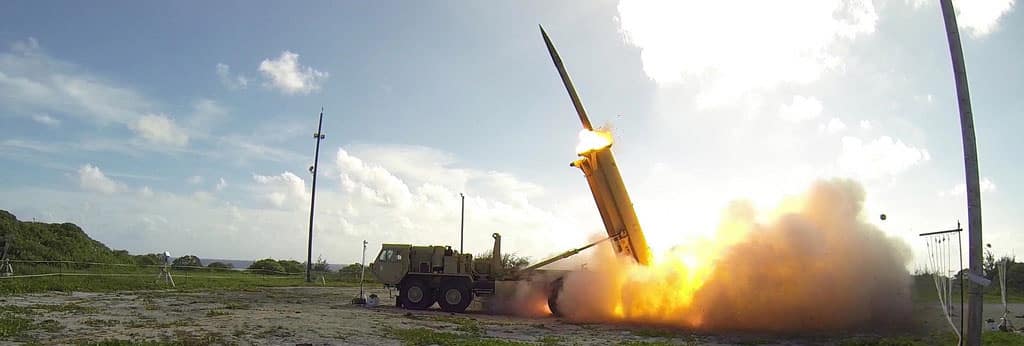
August 15, 2016
Over the past fifteen years, missile defense has gone from an idea largely restricted by treaty, to a kind of infancy with initial defensive capability, to what now might be termed a kind of adolescence. Along the way, the combination of several trends has put the Missile Defense Agency budget under increasing but underappreciated strain. Created...
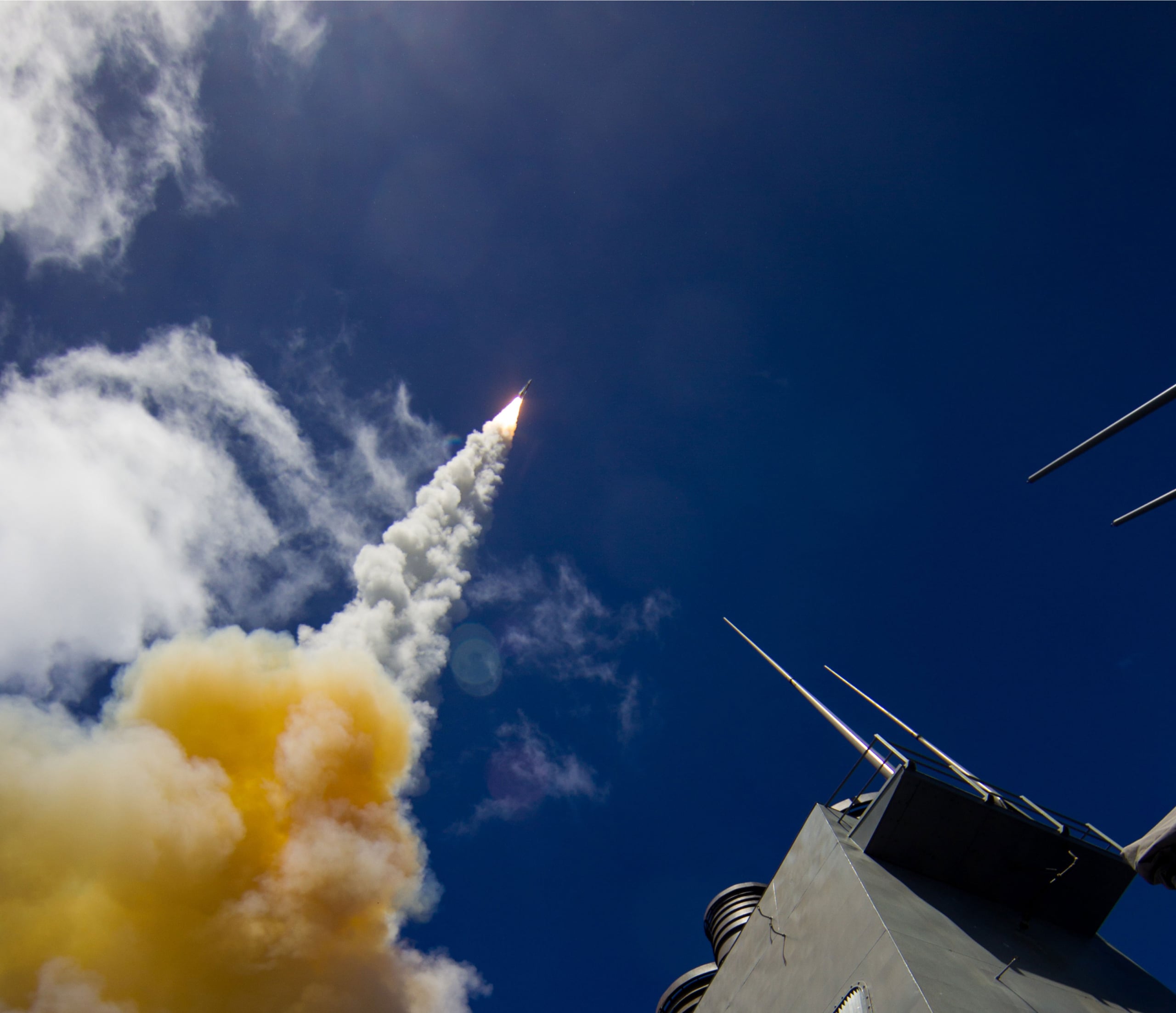
August 12, 2016
This study explores the growing competition for scarce dollars at the U.S. Missile Defense Agency (MDA). It traces the authorities, roles, and missions assigned to the agency and the growing trend of using what was originally intended to be a research and development budget for procurement and sustainment of missile defense assets. As adversary missile...









